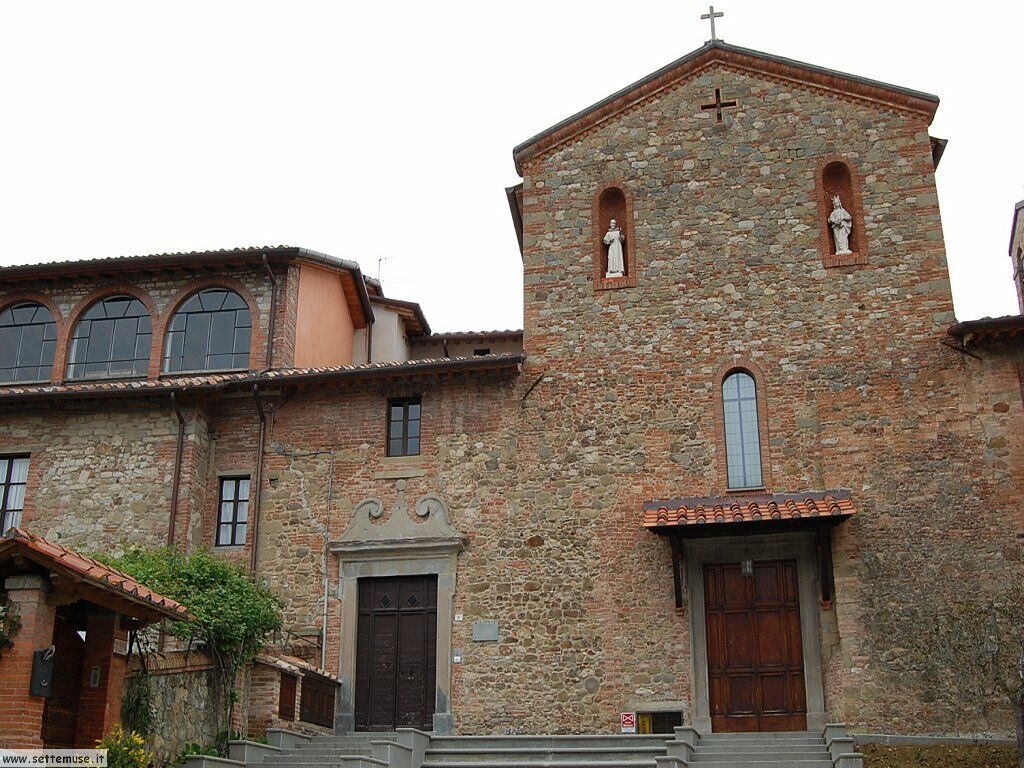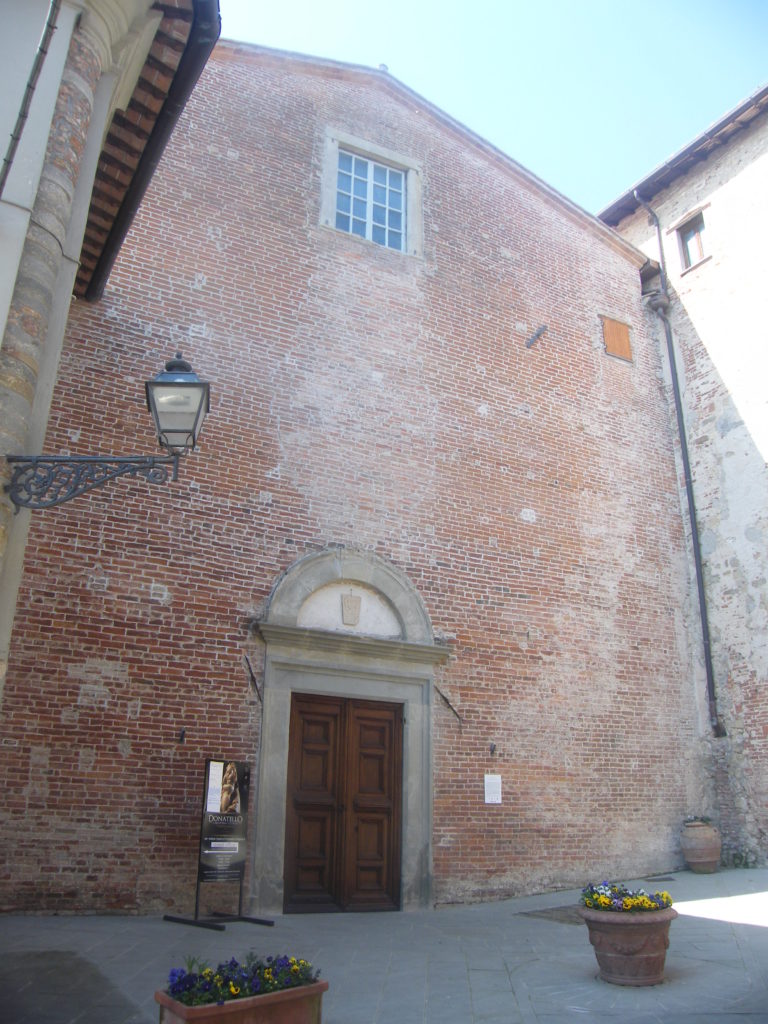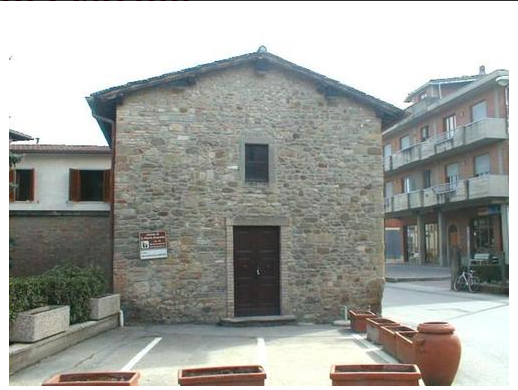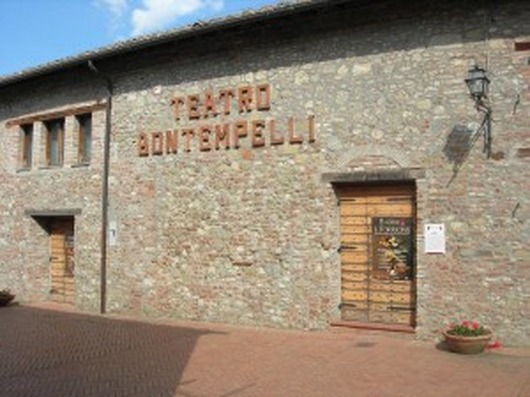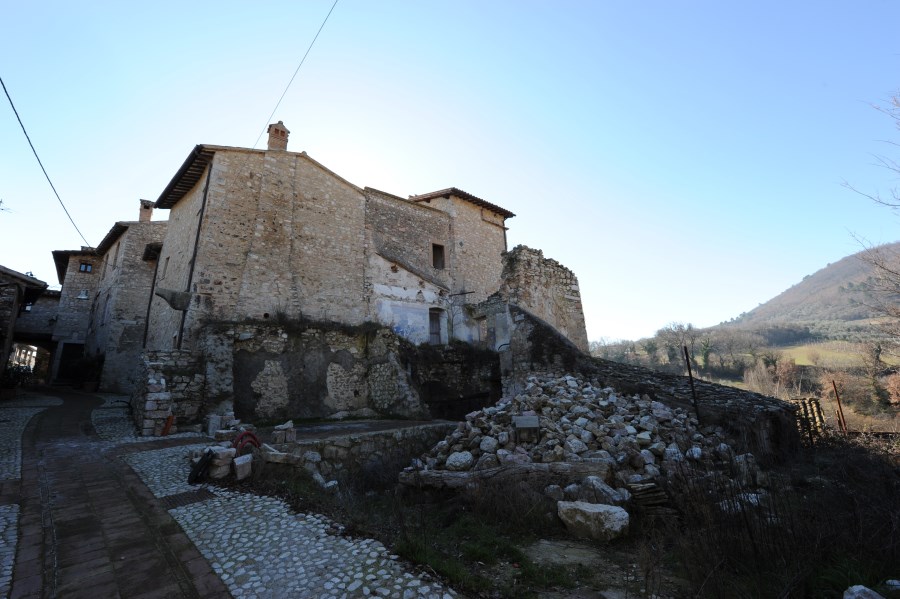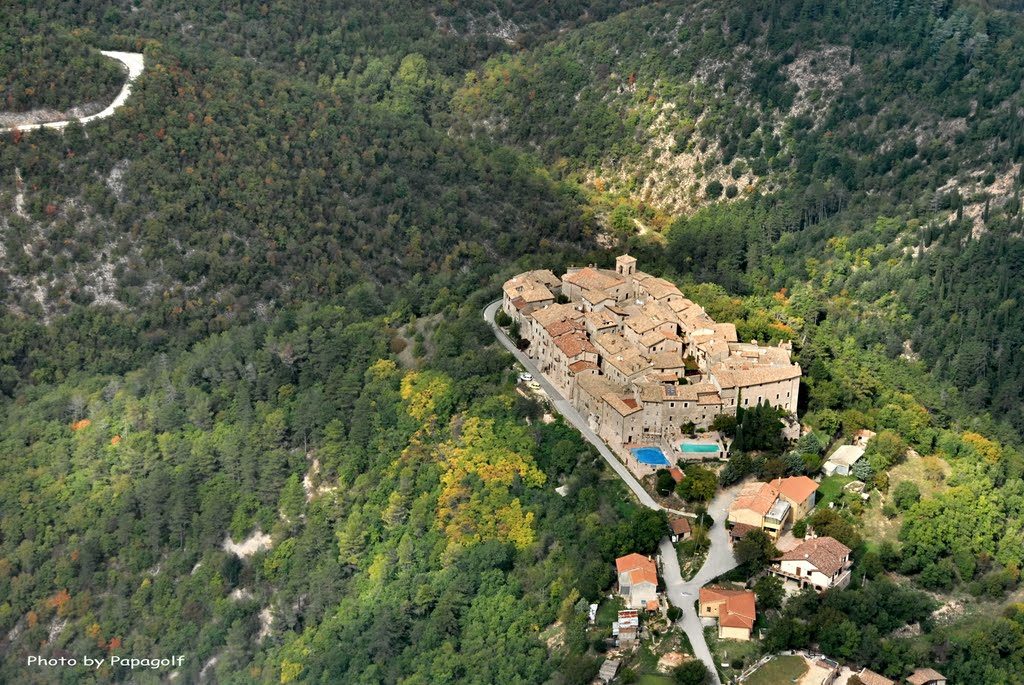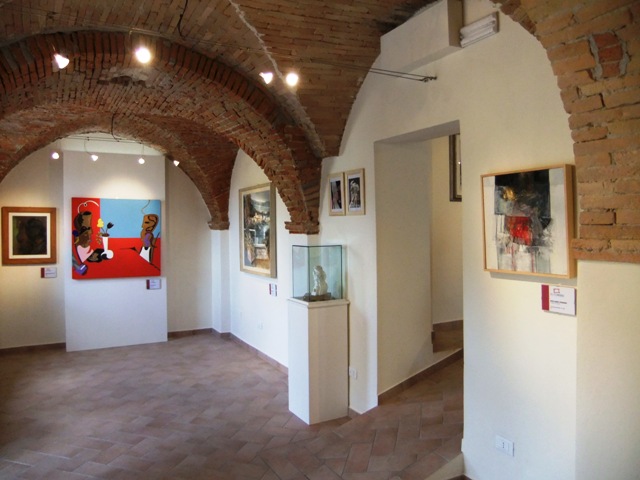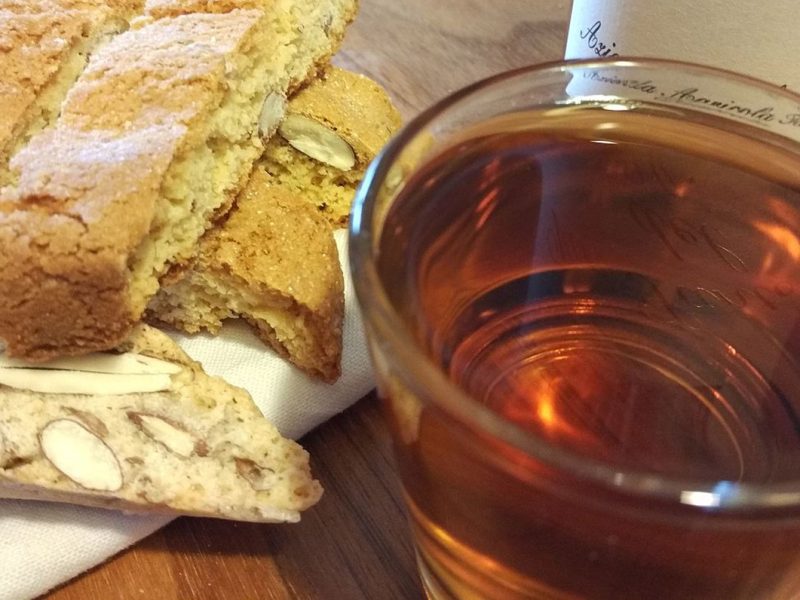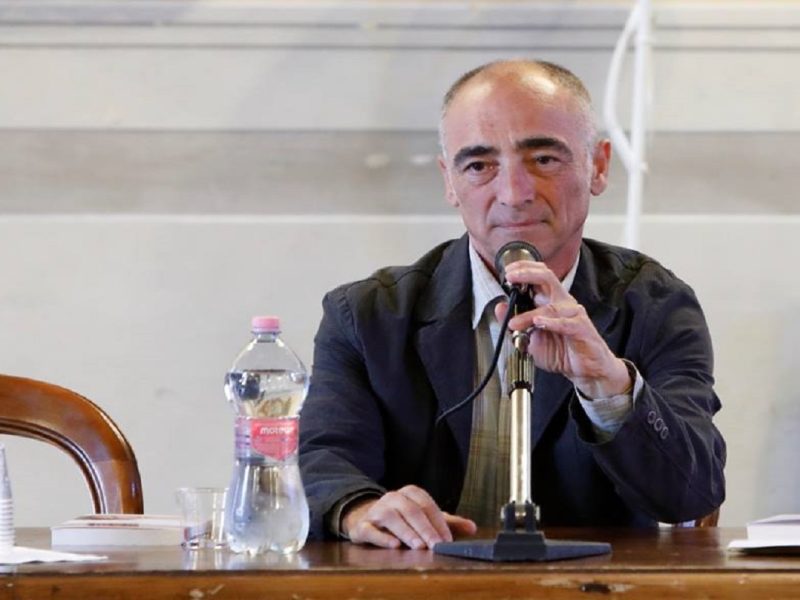Citerna
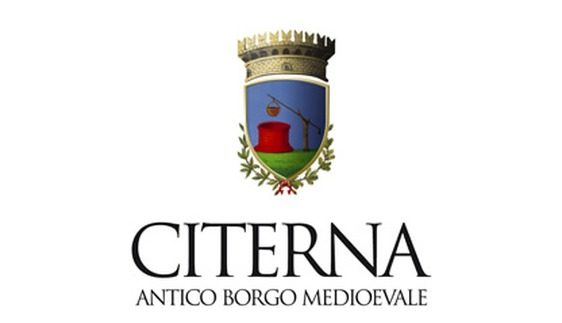
PROVINCE:
Perugia
WEB:
For tourist information
Ufficio IAT
c/o Comune – Corso Garibaldi – Citerna
Citerna
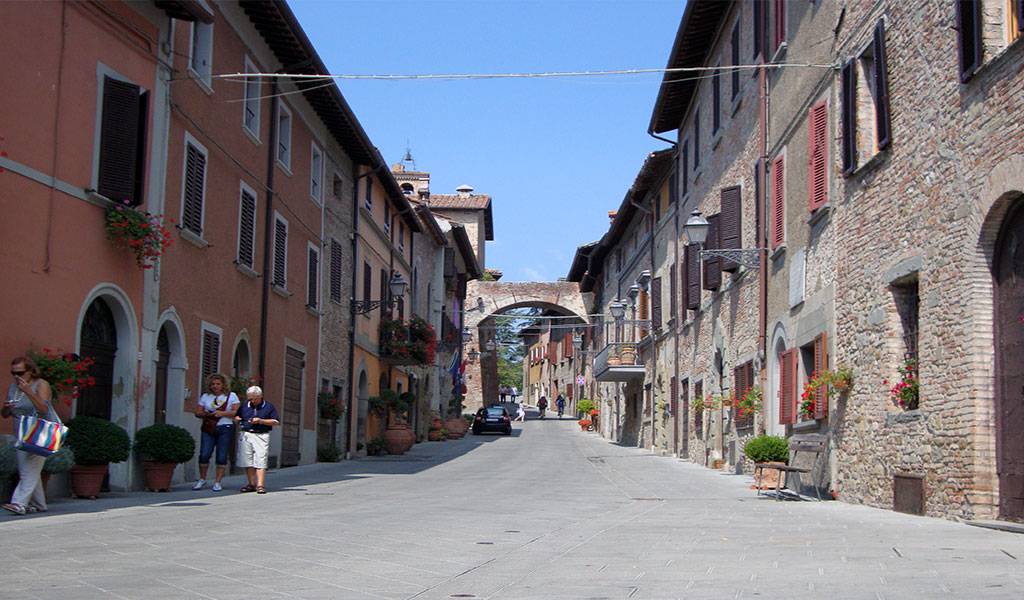
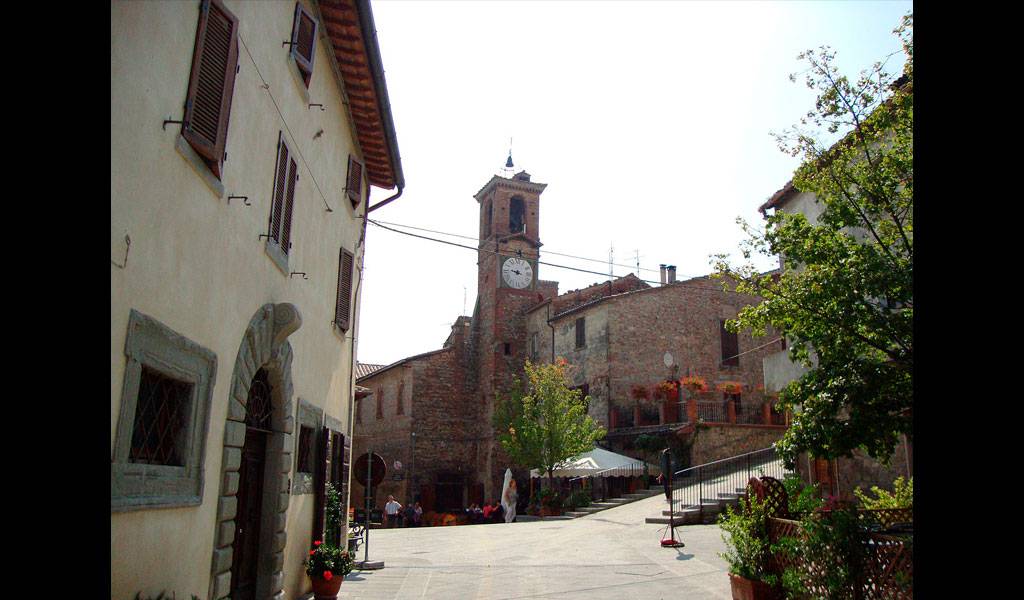
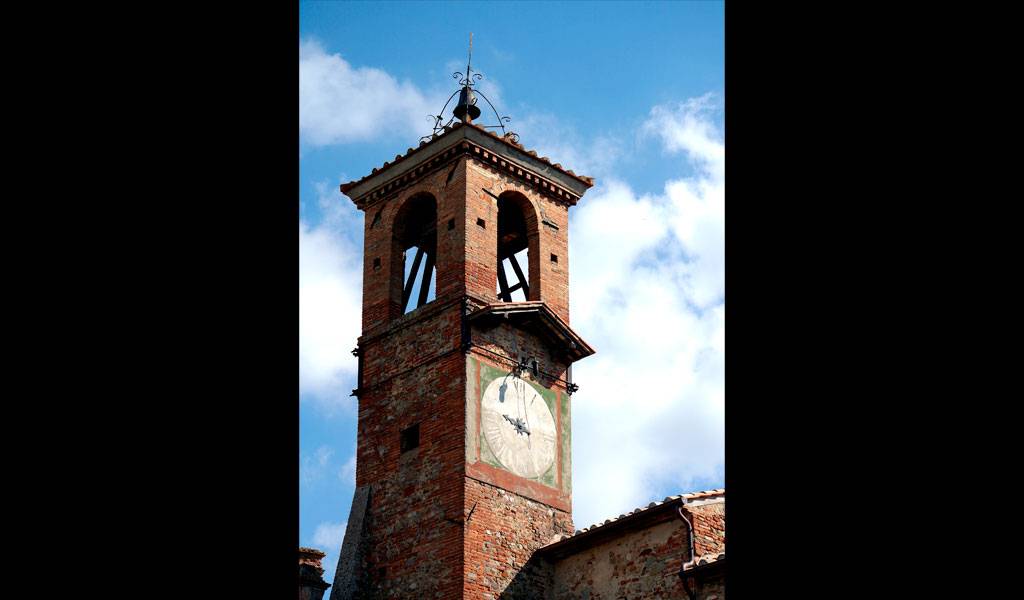
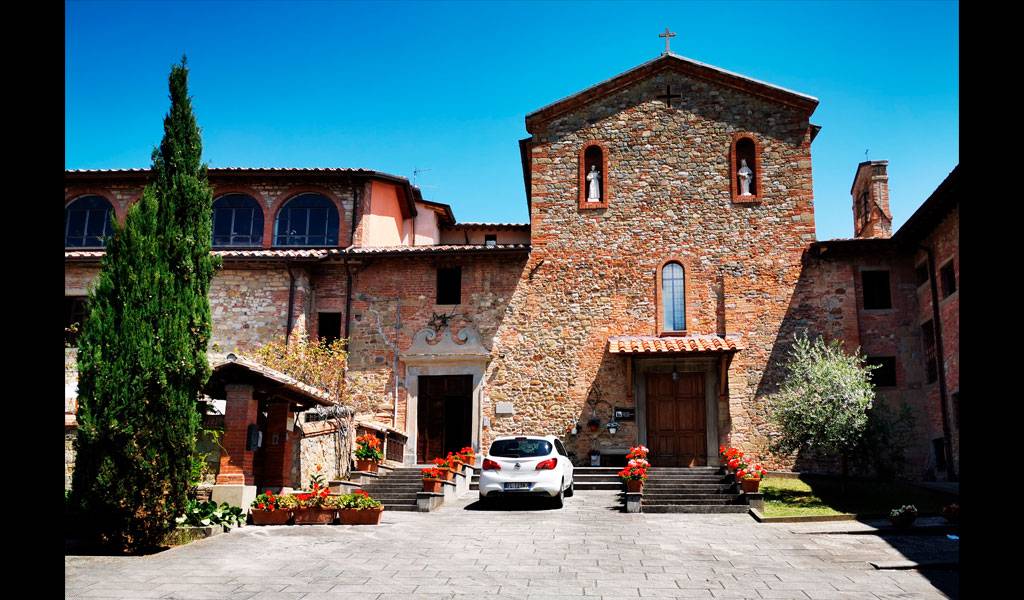
citerna is registered in:
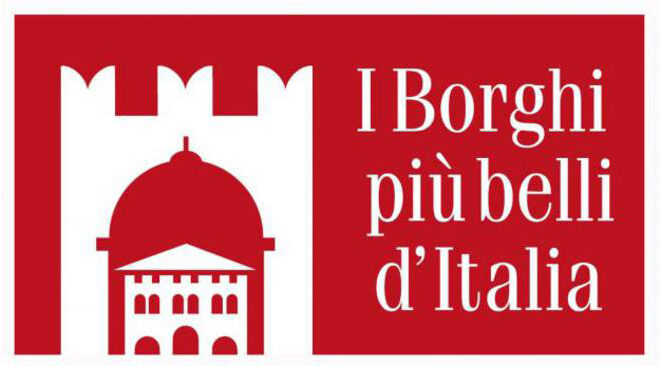
discovering the village
On top of a hill between Tuscany and Marche, dominating the Upper Tiber Valley is Citerna, an ancient village that owes its name to the containers for collecting rainwater. The ancient Umbrian-Etruscan origins are accompanied by Roman domination (castrum Citernae), as evidenced by the findings of clay and coins; in the medieval period it suffered the invasion of the barbarians, resurfacing for strategic reasons in the Lombard era.
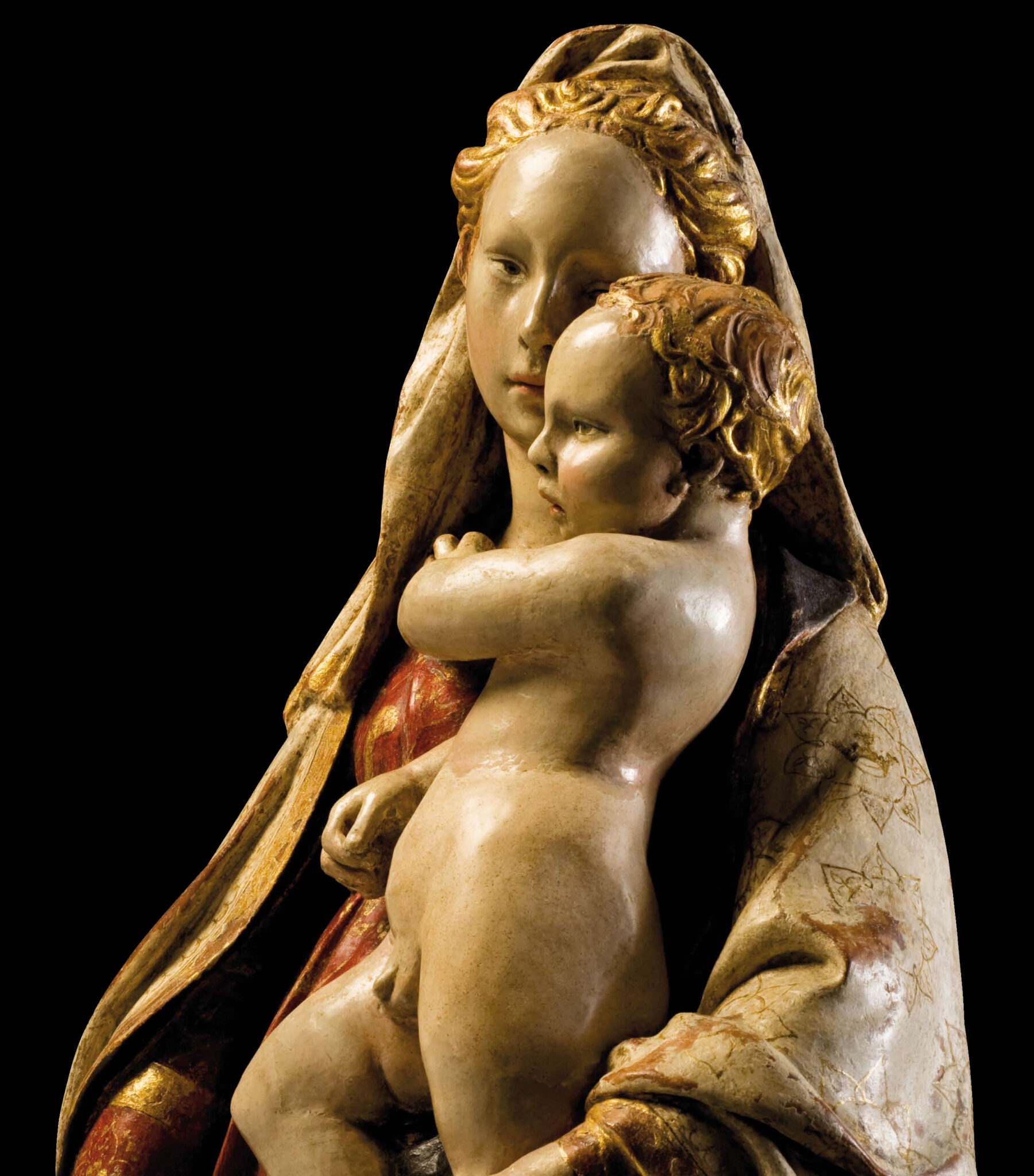
Contested between Arezzo and Città di Castello, in 1199 it submitted to the latter to definitively escape from the contenders, who coveted it for its position – strategic for the control of military flows in the valley. After the lordship of the Pietramala and that of the Malatesta, in 1463 it passed to the Papal State; in the early sixteenth century it became a vicariate of the Vitelli family of Città di Castello, thanks to which it experienced its period of greatest splendor. In fact, the Vitellis, friends of the Medici, were leaders but also patrons, who allowed names such as Donatello and Pomarancio to enrich the village with works. Famous for having hosted Garibaldi on his retreat to Ravenna (1849), it was the first city in Umbria to enter the Kingdom of Italy.
Citerna is a particular building structure on two levels: one included between Porta Romana and Piazza Scipioni, the other underneath the former convent of San Francesco, with walkways, vaults and a complex water system made of excavated cisterns, for collecting rainwater. The historic center, enclosed by the walls, is accessed through Porta Romana (to the south) and Porta Fiorentina (to the north); near Porta Romana, the monastery of Santa Elisabetta houses a 14th-century vesperbild, a German-style sculpture depicting the Pietà. Continuing along Corso Garibaldi you come across Casa Prosperi-Vitelli and the famous Chimney of the Lovers; further on, a small arch leads the visitor onto the walkway along the medieval walls. The former convent of San Francesco, for its part, offers unmissable works of art: the fresco by Luca Signorelli, the Deposition by Pomarancio, the paintings by Raffaellino del Colle and the famous Madonna with Child, a polychrome terracotta statue that is the only work by Donatello in Umbria.
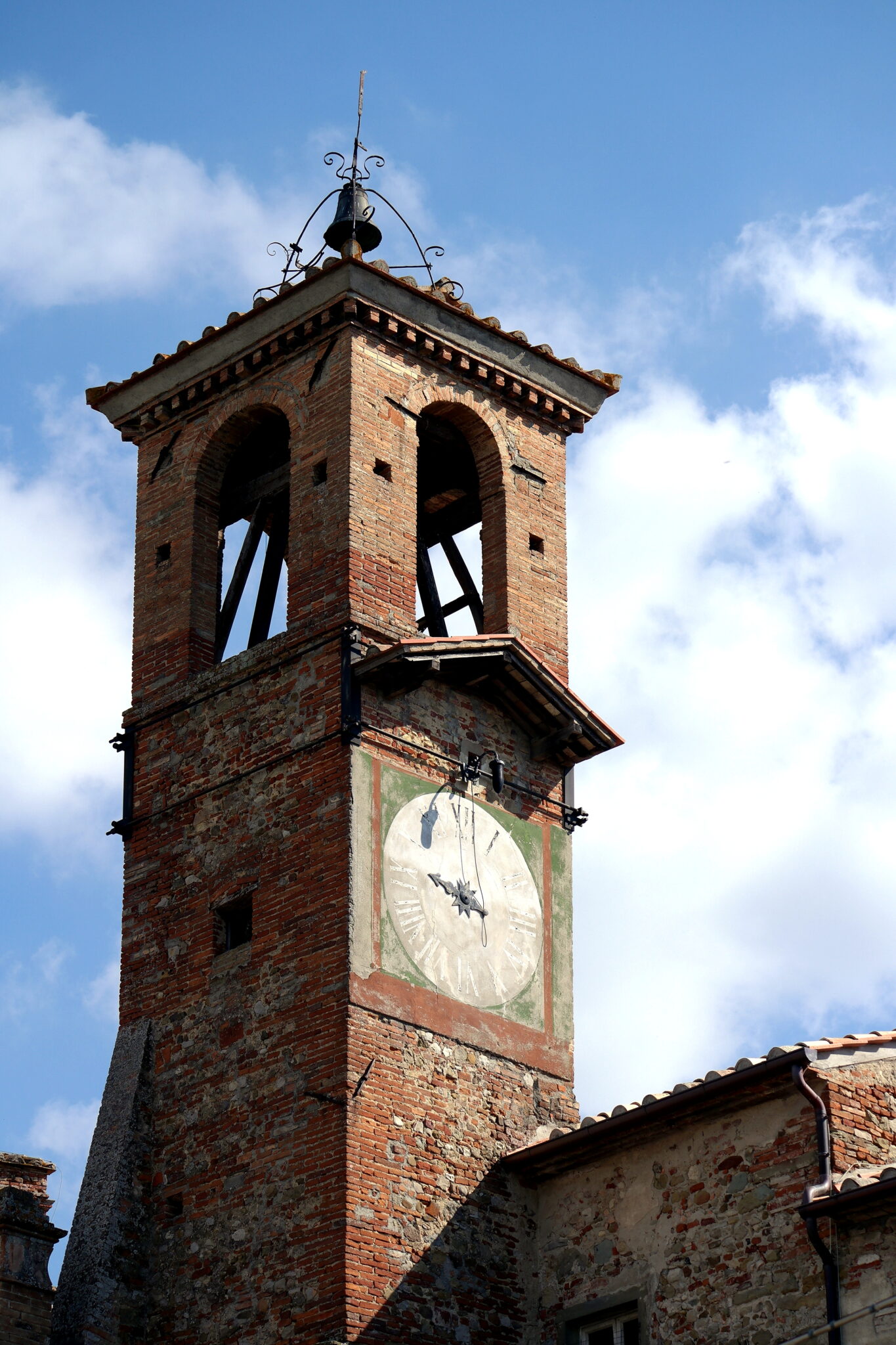
Continuing on, you arrive at the Civic Tower, with a mechanical wooden clock, located in Piazza Scipione Scipioni, the most famous terrace on the Upper Tiber Valley, overlooking the course of the river delimited by the Apennine crown, from Mount Verna to the Sibillini Mountains. Opposite the Tower, the church of San Michele Arcangelo houses the Madonna and Child by Giovanni della Robbia and a crucifix on wood made by Pomarancio in his first stay in Città di Castello; to the east of the center, you enter the small square of the small and elegant Bontempelli theater, currently active. The Rocca of Lombard origin, which completes the west side of the walls with the bastion and the round tower – symbol of the town – is instead the oldest part of the castle; from here you can see Mount Verna and Mount Fumaiolo, where the Tiber originates.
Not to be missed events in this picturesque village are the Il Torrione theatre festival, the Masterclass for string instruments and piano, the National Ceramics Market Exhibition and the Autumn Festival, a fair of local products where the famous Truffle Hunt takes place. To fully experience the village tradition, you must taste the handmade tagliatelle with flour and eggs, seasoned with truffle or goose sauce and the typical vinsanto, a passito obtained from selected grapes harvested from old vineyards, left to dry on special racks or hung in the attic which, once squeezed, are combined with the madre, that is the yeast obtained from previous years. The vinsanto is drawn after three years and is excellent accompanied by torcolo and the ‘briachi di Carnevale’ crostini.
For further information

